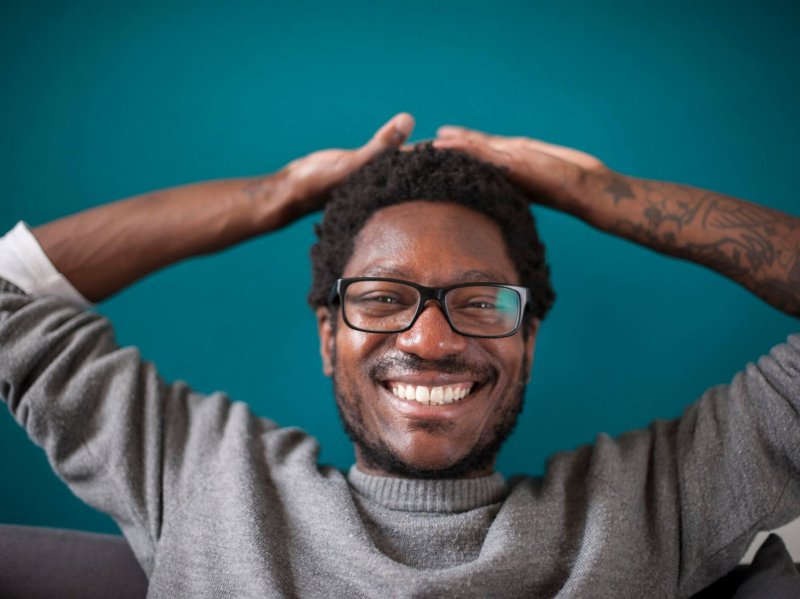If you show pictures of actors portraying [common] emotions to people in all corners of the earth, they pretty reliably say, yes, that’s happiness. Or yes, that’s sadness.
But what if none of this was true? How else could we interpret the butterflies, the pain, the excitement, all those feelings that we learn to label as such?
What if they were not reactions to the outside world at all, but rather predictions in the brain in order to keep us alive and safe in the moment?
…
That’s the argument of a potentially paradigm-shifting book by Lisa Feldman Barrett, How Emotions Are Made: The Secret Life of the Brain, which was published in 2017.
Under this view, feelings and emotions are not reactions to the world. They are predictions of future brain states from a brain trying very hard to keep you alive and primed for whatever might be coming at you.
More than that, the emotions that we think we “see” — the smiles, the frowns, the puckered brows — are actually social constructs that your brain has learned from infancy onward.































